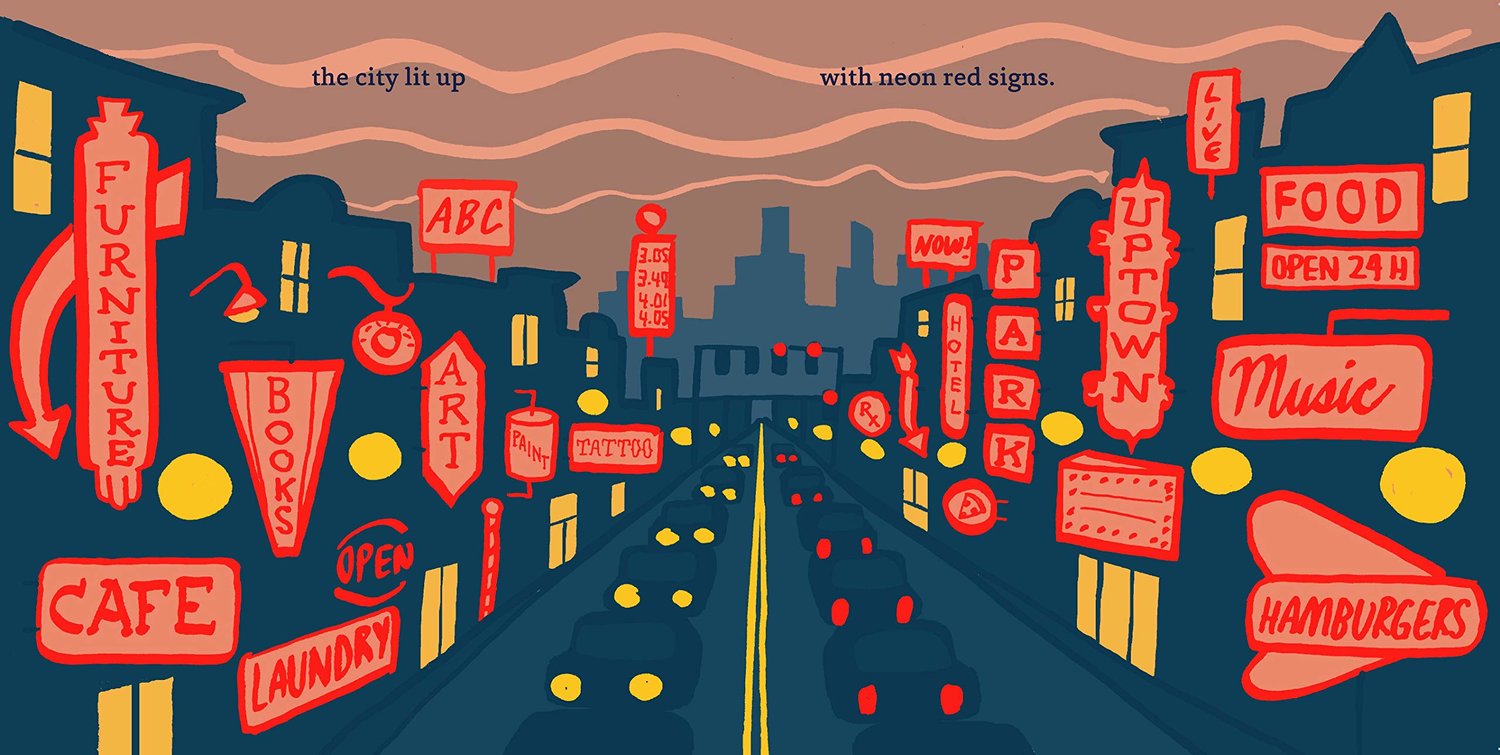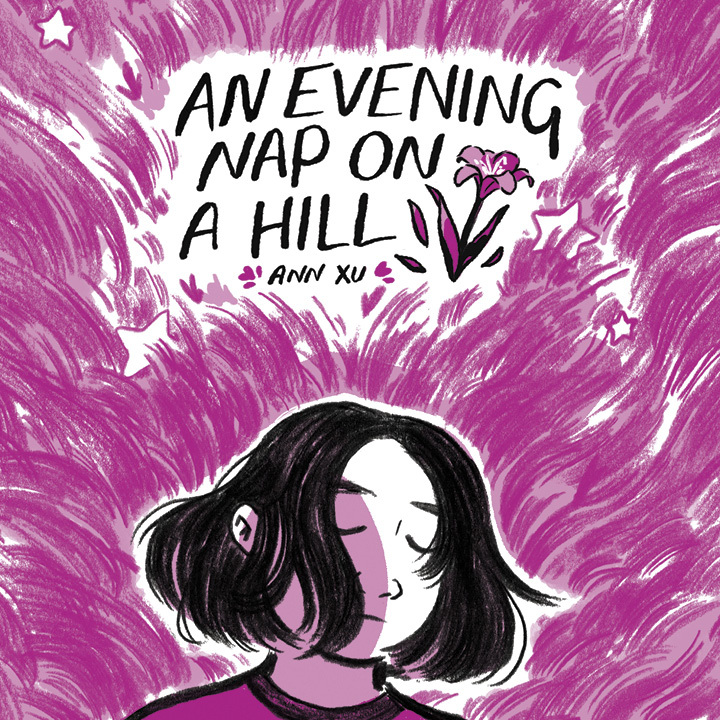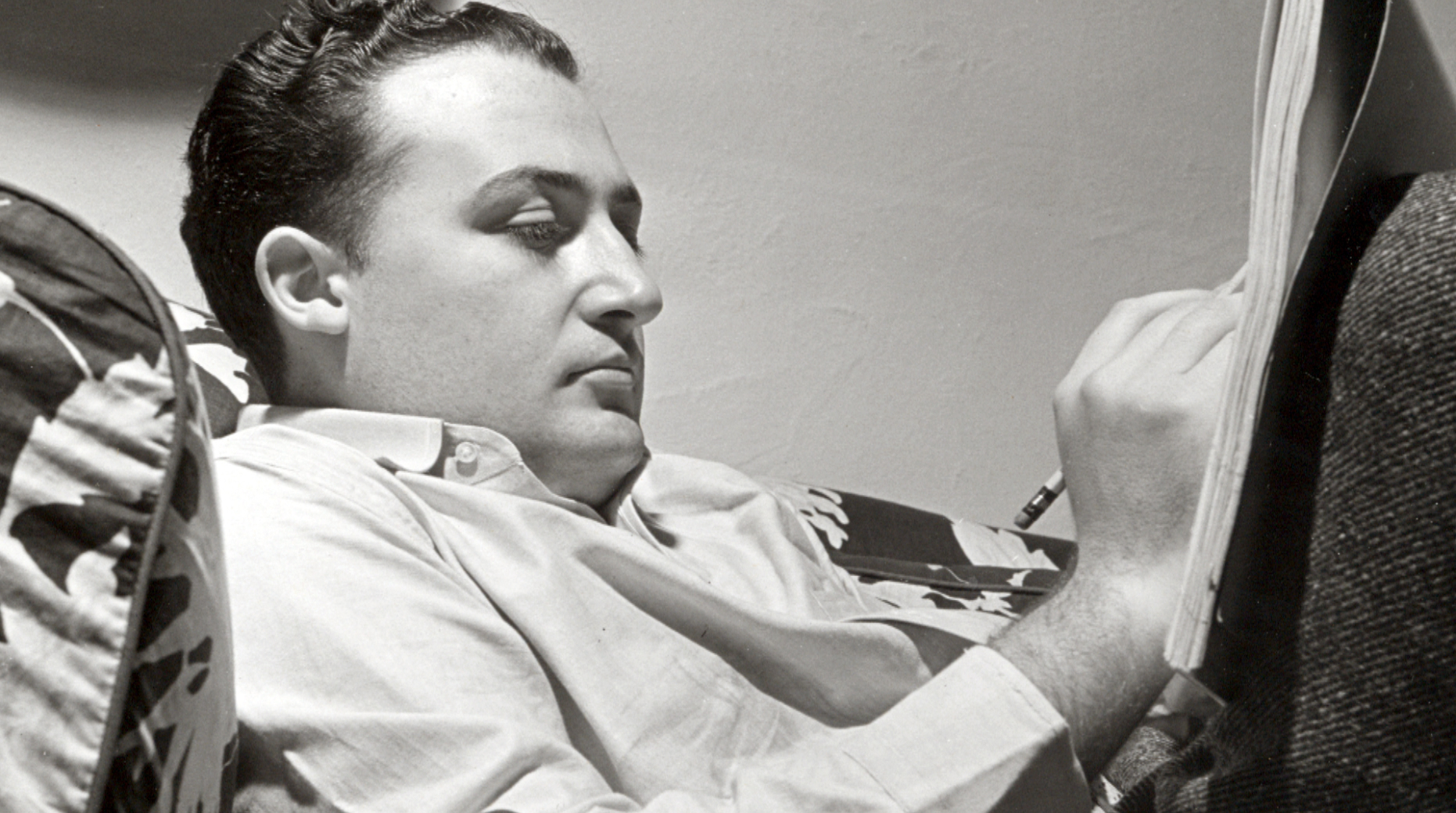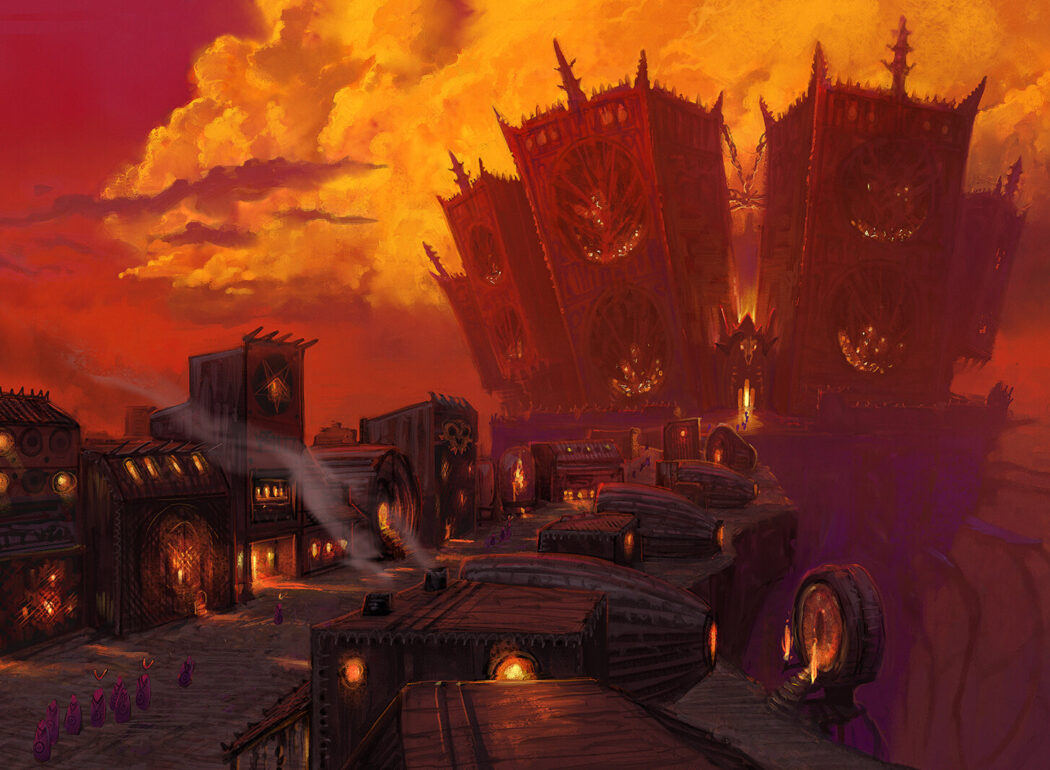
The city in the above image seems almost alive: angry, hot, strange. The picture is called “Speakers of the Dead,” and it’s painted by Bruce Brenneise, a master of fantasy landscapes, of vistas that never were and cities that may-yet-be. Go to Brenneise’s website to see more of his art, and visit this Twitter thread where he unveils a new painting and asks people for possible titles!
 Tomorrow—Saturday, February 27 starting at 5pm CST (6pm EST)—the Entomology Department at the University of Illinois will host the 38th Annual Insect Fear Film Festival (IFFF), and because of the pandemic this year’s IFFF will be online. The organizers have chosen the flea as their focus this year, and have big plans: “This year’s festival will feature a virtual insect petting zoo, flea circus, flea Bugscope, flea crafts, a virtual tour of the Illinois Natural History Survey insect collection, and a virtual gallery of the annual Insect Fear Film Festival art contest, featuring insect themed artworks by local K-12 students. We will also be showing 100 years of flea films, shorts, and documentaries.” For more information, please check out the Festival’s press release and Facebook page. The Festival is free, but you do need to register. I’m a graduate of the University of Illinois, and I had a blast at all the IFFFs I attended. I even learned how to prepare snacks made from crickets and slugs! (I wonder how fleas taste…?)
Tomorrow—Saturday, February 27 starting at 5pm CST (6pm EST)—the Entomology Department at the University of Illinois will host the 38th Annual Insect Fear Film Festival (IFFF), and because of the pandemic this year’s IFFF will be online. The organizers have chosen the flea as their focus this year, and have big plans: “This year’s festival will feature a virtual insect petting zoo, flea circus, flea Bugscope, flea crafts, a virtual tour of the Illinois Natural History Survey insect collection, and a virtual gallery of the annual Insect Fear Film Festival art contest, featuring insect themed artworks by local K-12 students. We will also be showing 100 years of flea films, shorts, and documentaries.” For more information, please check out the Festival’s press release and Facebook page. The Festival is free, but you do need to register. I’m a graduate of the University of Illinois, and I had a blast at all the IFFFs I attended. I even learned how to prepare snacks made from crickets and slugs! (I wonder how fleas taste…?)

Orthodontist and dad Grand Snider draws cartoons that express his contemplative side—his optimism, his sense of wonder, his fascination with stillness—and sometimes his love for books. His perspective is thoughtful and gentle. Visit his professional website for a list of his books (including the new There is a Rainbow, written by Theresa Trinder), and visit his Incidental Comics site for “weekly insights on art, idleness, and imagination.” And here’s a 2019 talk by Snider about his “ten rules for creativity,” and a reading of Snider’s What Color is Night? (2019) from Utah’s Murray City Library (where many virtual storytimes and events are advertised on their webpage).

For Valentine’s Day, the New York Times ran a set of five comics titled “How to Fall in Love: Five Artists on Finding Love in a Hopeless Year.” The contributors were Eleanor Davis (“In Love with our Child”), Braulio Amado (“In Love with Frontline Workers”), Annie Jen (“In Love with a Memory”), Julia Rothman (“In Love with Wonder”), and Anuj Shrestha (“In Love with Isolation”), and you can see their “Love” comics here. (There is also a direct link to Jen’s “Memory,” which is an illustration that moves.) And on NeoText, more love: the prolific Chloe Maveal surveys the romance comics of cartoonist John Romita Sr., arguing that Romita’s work on 1950s comics like Falling in Love and Girls’ Romances was an excellent training ground for Romita’s depictions of Peter Parker and his young friends in The Amazing Spider-Man.
 Over the past ten months of quarantine, the Black Mountain Institute and the magazine The Believer have co-sponsored over thirty cartoon workshops, each led by a different artist and about a different topic. Recent workshop videos include “Draw What You Love” with Ann Xu; “Drawing Family Stories” with Leela Corman; “Drawing Maps in Comics” with Margaret Kimball; “Draw 50 Emotions” with Dmitri Jackson; and “Draw Comics about Music” with Jarett Sitter. All the Black Mountain / Believer videos are here, along with others featuring prose authors and performers. Coming up on February 26 (tonight!) at 7pm EST is “Drawing from Memory,” led by Jett Allen, and you can participate live in the workshop by signing up for free tickets here. Note: the programs are family-friendly, but they sometimes deal with serious, mature subjects; please watch an individual workshop before sharing it with young kids.
Over the past ten months of quarantine, the Black Mountain Institute and the magazine The Believer have co-sponsored over thirty cartoon workshops, each led by a different artist and about a different topic. Recent workshop videos include “Draw What You Love” with Ann Xu; “Drawing Family Stories” with Leela Corman; “Drawing Maps in Comics” with Margaret Kimball; “Draw 50 Emotions” with Dmitri Jackson; and “Draw Comics about Music” with Jarett Sitter. All the Black Mountain / Believer videos are here, along with others featuring prose authors and performers. Coming up on February 26 (tonight!) at 7pm EST is “Drawing from Memory,” led by Jett Allen, and you can participate live in the workshop by signing up for free tickets here. Note: the programs are family-friendly, but they sometimes deal with serious, mature subjects; please watch an individual workshop before sharing it with young kids.

Will Eisner (1917-2005) contributed much to the history of the American comic book, beginning with his co-founding (with cartoonist and business manager Jerry Iger) of one of the earliest “sweatshops,” studios that cranked out stories for publishers during the comic-book boom of the late 1930s. Eisner’s work on The Spirit (1940-1952), a noir-tinged comic carried as a Sunday newspaper insert, is a high-water mark of the superhero genre; fans especially love the post-WWII Spirit stories from 1946 to 1949. Later, when he retired from producing educational comics for the U.S. Army, Eisner wrote and drew the intensely personal A Contract with God and Other Tenement Stories (1978), an important progenitor of today’s graphic novel. In 1988, the San Diego Comic-Con began the annual Will Eisner Comic Industry Awards, to celebrate yearly achievements in the comics industry, and Eisner himself participated in the Comic-Con awards ceremony until his passing.
Cartoonists, comics fans, and scholars have designated the first week in March “Will Eisner Week,” a celebration of both Eisner’s specific legacy and comics as a whole. The 2021 Will Eisner Week runs from March 1-7, and the Eisner website has several videos—including a cartooning workshop and a group of comics professionals chatting about their favorite Eisner stories—available to view. The WEW also has a Facebook page that lists regional events about Eisner and comics, almost all of which are online this year.
This weekly blog post is written and compiled by Craig Fischer. To send along recommendations, ideas, and comments, contact Craig at [email protected] [.]



